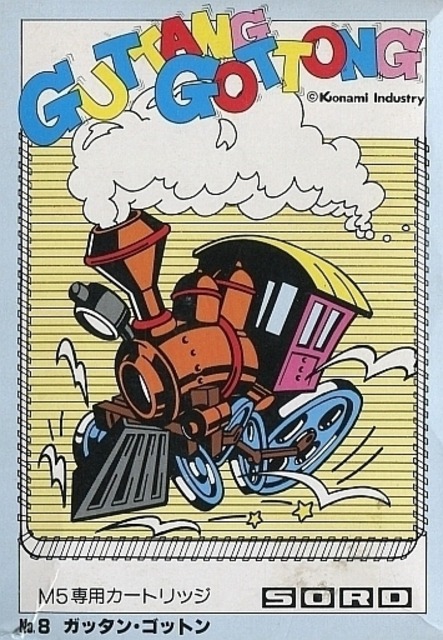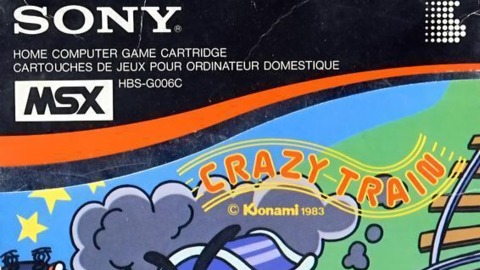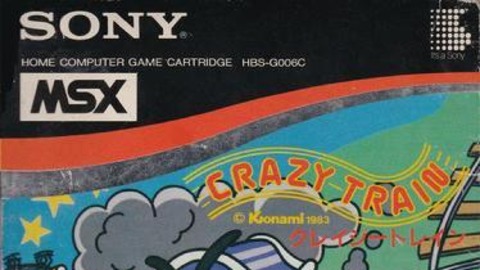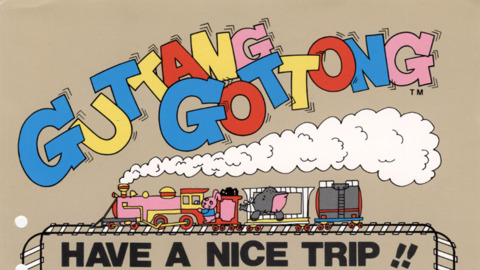Overview
Loco-Motion, known in Japan as Guttang Gottong and not to be confused with the Mastertronic game Loco-Motion, is a puzzle game developed by Konami and released for arcades in 1982 by Sega (in Japan) and Centuri (in North America).
Based on the traditional sliding-block puzzle game, Loco-Motion has players manipulating a tiled board of rail track tiles to keep the unstoppable locomotive from crashing. Along the way, they must pick up passengers from special edge tiles (or "stations") and avoid other trains.
The game's sliding-puzzle concept is similar to the American toy game Block the Clock (also known as Tick Tock Bang Bang in Japan), and received similar games throughout the years (including the Mastertronics game Loco-Motion, the Micronet game Junction, the Nintendo game Mawashite Tsunageru Touch Panic, and the "Sliding Puzzle" mini-game in the Nintendo game Clubhouse Games: 51 Worldwide Classics).
The game also received ports to multiple consoles and computers in 1982-1984, including the Intellivision (in North America) by Mattel, the Tomy Tutor (in both Japan and North America) by Tomy, the MSX (in both Japan and Europe, both under the name Crazy Train) by Sony, the Sord M5 (in Japan) by Sord, and the NEC PC-80 (in Japan) by Takara. It was later ported to the Game Boy as part of Konami GB Collection Vol. 2 (which was "Vol. 3" in Europe, listed under the Guttang Gottong name).
Gameplay
The game includes a joystick for shifting tiles and a button to speed up the train. The joystick is primarily used to shift the closest tile onto the empty tile, but is also used on special junction tiles to choose which way the train goes.


 MSX
MSX PlayStation 4
PlayStation 4 Nintendo Switch
Nintendo Switch




